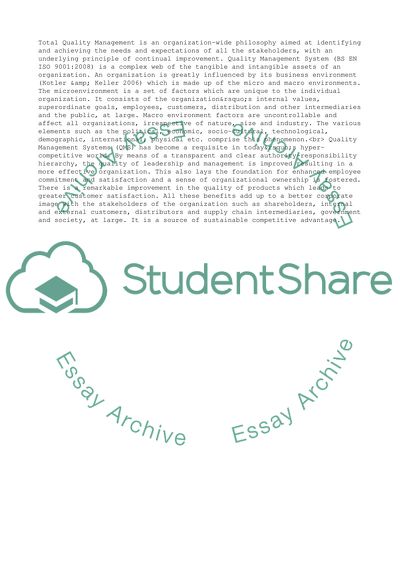Cite this document
(Quality Management Systems and ISO 9001 Series Coursework - 1, n.d.)
Quality Management Systems and ISO 9001 Series Coursework - 1. Retrieved from https://studentshare.org/management/1753171-iso-9001
Quality Management Systems and ISO 9001 Series Coursework - 1. Retrieved from https://studentshare.org/management/1753171-iso-9001
(Quality Management Systems and ISO 9001 Series Coursework - 1)
Quality Management Systems and ISO 9001 Series Coursework - 1. https://studentshare.org/management/1753171-iso-9001.
Quality Management Systems and ISO 9001 Series Coursework - 1. https://studentshare.org/management/1753171-iso-9001.
“Quality Management Systems and ISO 9001 Series Coursework - 1”, n.d. https://studentshare.org/management/1753171-iso-9001.


